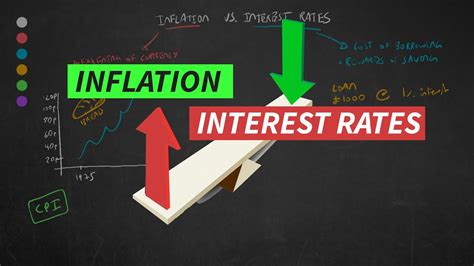The Influence of Investor Psychology on Cryptocurrency Price Fluctuations
Cryptocurrencies like Bitcoin and Ethereum have been known for their volatility in recent years. Prices can fluctuate dramatically from day to day, often without warning. But what causes these price fluctuations? The answer lies in investor psychology.
Investor psychology refers to the behavior of individuals who make investment decisions based on emotions rather than rational analysis. In the context of cryptocurrency investing, this means that investors are motivated by fear, greed, and other emotional factors rather than objective analysis and research.
The Role of Fear
Fear is one of the main factors driving cryptocurrency price fluctuations. When prices drop, many investors panic and sell their positions, leading to a further drop in prices. This creates a self-reinforcing cycle as sellers push prices further down, creating additional selling pressure.
In contrast, when prices are rising, investors are often motivated by the fear of missing out (FOMO). They buy cryptocurrencies in anticipation of future price increases, only to sell them as soon as they see their value drop.
The Role of Greed
Greed is another factor that contributes to cryptocurrency price fluctuations. When prices are rising rapidly, some investors become overly optimistic and buy cryptocurrencies, believing that their value will continue to rise. However, if these predictions later prove wrong, the market can quickly turn against them and cause a sharp decline.
On the other hand, if investors believe that their initial purchase was overvalued or inflated, they can sell some of their holdings at lower prices, which can help them correct their losses and avoid further price declines.
The Role of Emotional Decision-Making
Investor psychology also plays a significant role in decision-making. Many people make investment decisions based on emotional factors such as personal bias, social pressure, or media coverage. For example:
- Confirmation bias: Investors may only consider information that supports their existing beliefs and ignore contradictory evidence.
- Anchoring effect: Prices are influenced by the original price at which they were purchased rather than by a rational analysis of long-term trends.
- Loss aversion: Investors tend to fear losses more than they value gains, leading them to take excessive risks in the pursuit of high returns.
The impact on cryptocurrency price fluctuations
So how do investor psychology and associated emotional factors contribute to cryptocurrency price fluctuations? Here are some examples:
- Short-term trading: When investors become overly optimistic or pessimistic about the future, they may make impulsive decisions based on emotion rather than thorough analysis.
- Speculation vs. investing: Some investors behave speculatively, such as buying and selling cryptocurrencies in anticipation of short-term price movements rather than investing for long-term gains.
- Network effects: When cryptocurrency prices rise or fall, certain groups of investors may be disproportionately affected by these fluctuations, creating social pressure that affects market sentiment.
Mitigating the effects of investor psychology
While investor psychology can contribute to cryptocurrency price fluctuations, it is not a guarantee. Here’s how to mitigate their effects:
- Rational analysis
: Investors should prioritize thorough research and analysis over emotional decisions.
- Diversification: Diversifying your portfolio across different asset classes can help reduce vulnerability to certain market trends or emotions.
- Emotional Self-Awareness

: Recognizing your own biases and emotions is essential to making more rational investment decisions.

